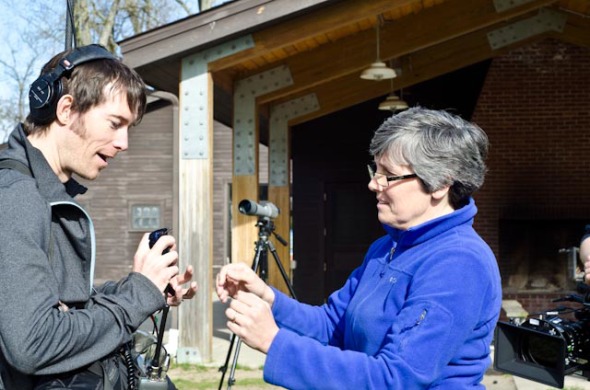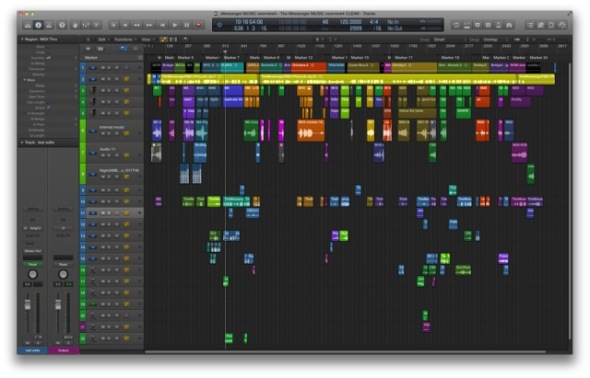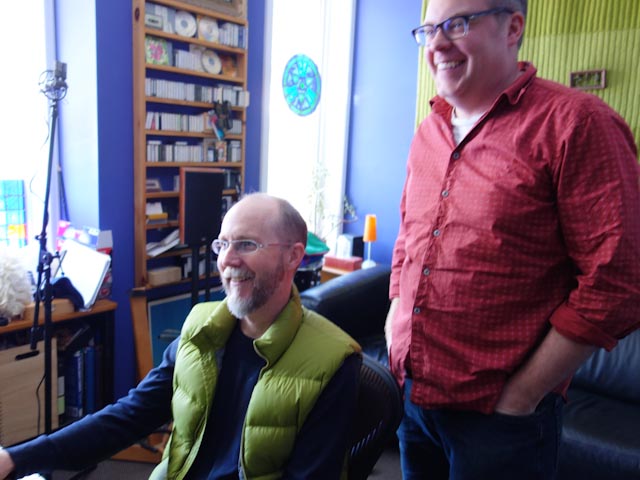In filming The Messenger we travelled to three different continents, and each place we went possessed a unique acoustic and auditory character. From the editing to the final mix, I felt it was imperative that we fully articulate this sensory experience of place and time.
As our final sound mix gets underway at URBAN POST in Toronto, we are very lucky to be working with the talented duo of Daniel Pellerin Supervising Re-recording Mixer and Christopher Guglick Sound Re-recording Mixer. These guys make for a super-busy team, as in the last few weeks they have mixed the films “Remember” (Atom Egoyan) and “Milk” (Noemi Weis). From a practical perspective, this takes a team. So for many months, composer and sound designer Phil Strong has been fine-tuning music, location ambiences and bird song.
Chris Guglick; “The most unique aspect of mixing this film was the scope and range of all the different sounds of birds. Phil did an amazing job organizing all the sounds which allowed me to take all of the different birds and give them a life on screen. I have worked in many different human languages, but working in the language of another species entirely was something new for me.”
Because our schedule and budget are very tight, Phil was just a day or two ahead of the mixers with his work, sometimes outputting the original music just hours before it was needed in the mix theater – quite the marathon indeed. Importantly, the mix is a creative journey in its own right, as the work is both intense and intuitive. Daniel Pellerin;
“With every film you have to find the language that suits the film. The tone of the characters, quality of the voices, the sense of unfolding time and emotion of the story.”
As a director, my work is very nuanced, often contemplative, and layered in both content and context. Sound plays a pivotal role. It is often the aural experience that positions how a scene will be experienced and interpreted. In The Messenger we walk a razor sharp edge between tragedy and joy, dramatic tension and release, optimism and sobering truths. In most cases it is the sound that tips the scale to what the experience will be. This balance is not something that can easily be achieved, but with this team I knew I was in good hands. Daniel Pellerin;
“I love docs that have to do with nature, as the challenge is to make it immersive — putting the audience in the theatre yet creating the feeling that they are not in the theatre. In this film, music and birds are the lead “instruments” and a delicate balance is required.” This idea is taken a step further by Chris Guglick;
As a sound effects mixer I’m often asked to turn down the sound of birds because they can distract from the action in the film. This film gave the birds a leading role that could, if executed poorly, distract from the important information being expressed by the other characters on screen. Finding that balance was key.
Here is a taste of the mix experience. A brief pirate recording of my own film, created on my iphone. Enjoy.

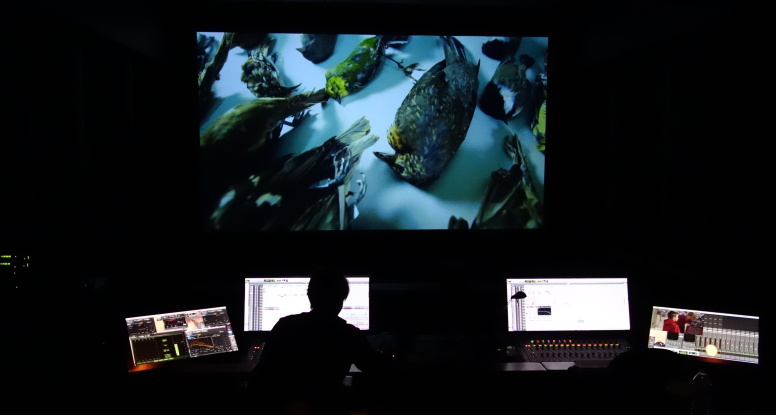
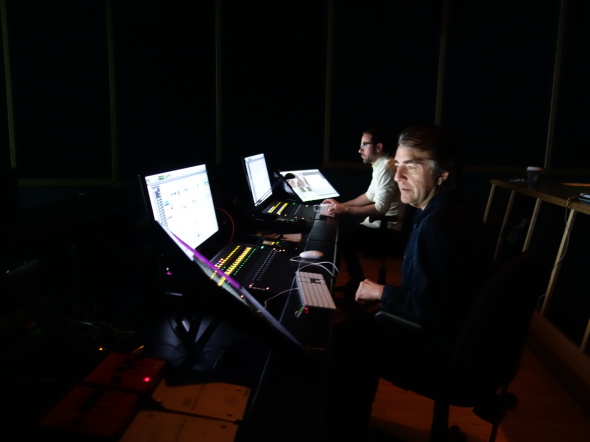
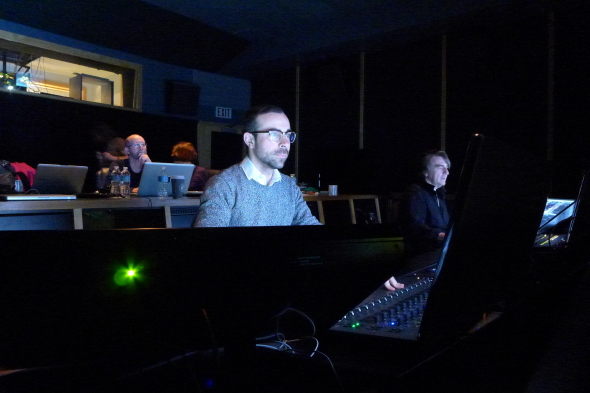
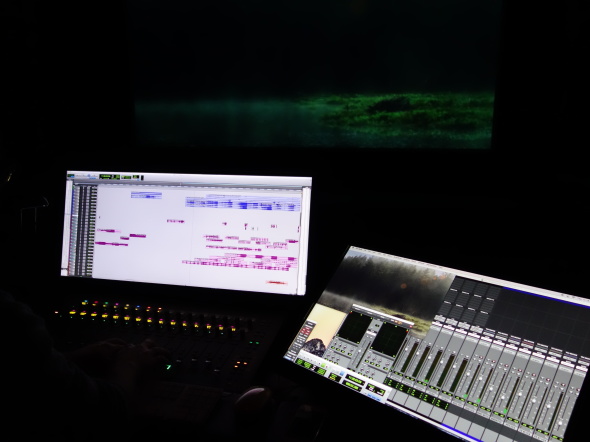

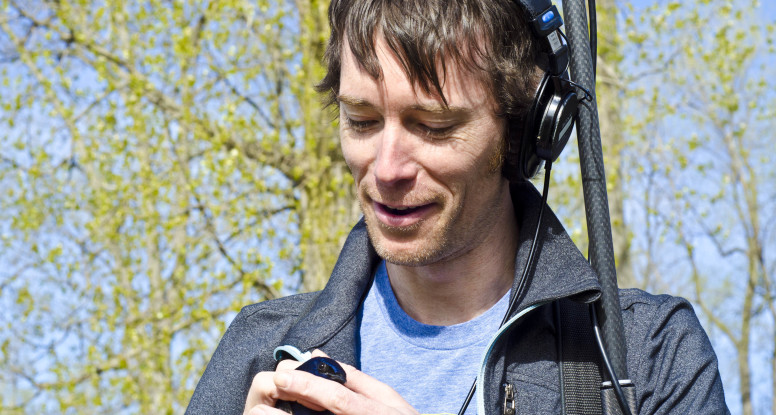
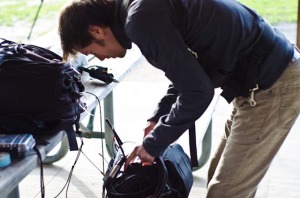 .
.